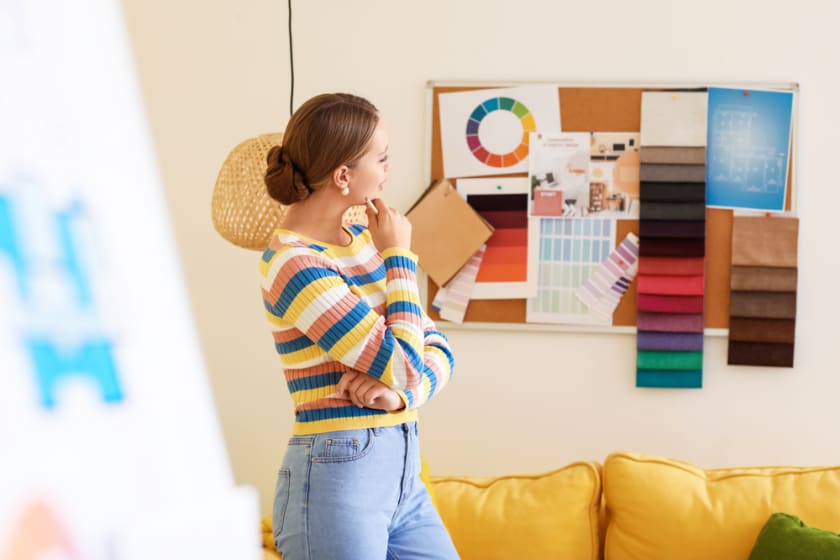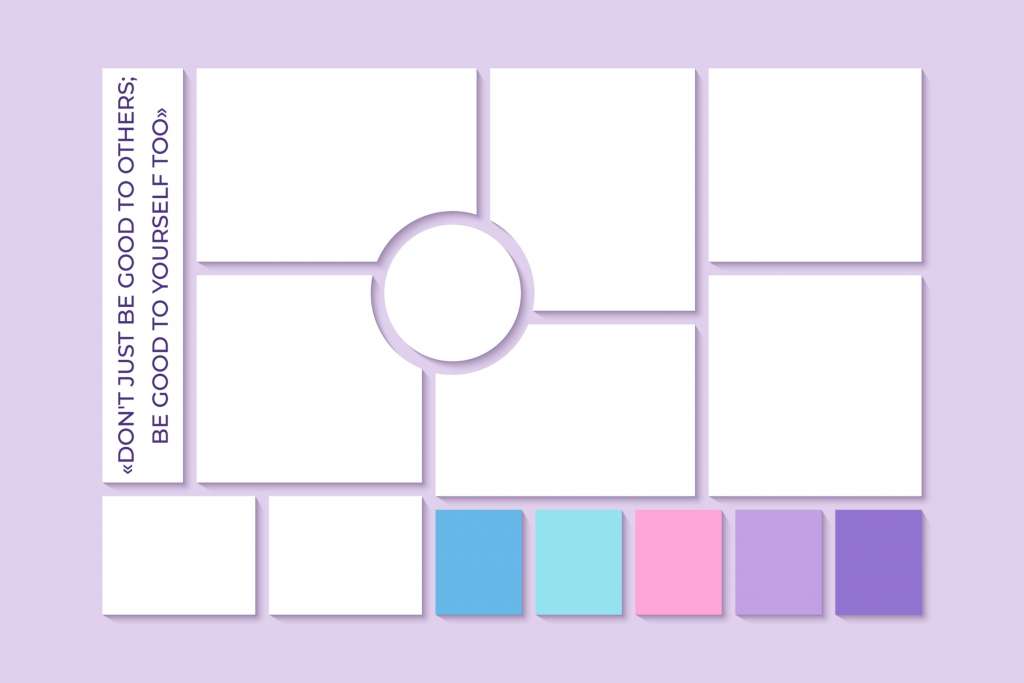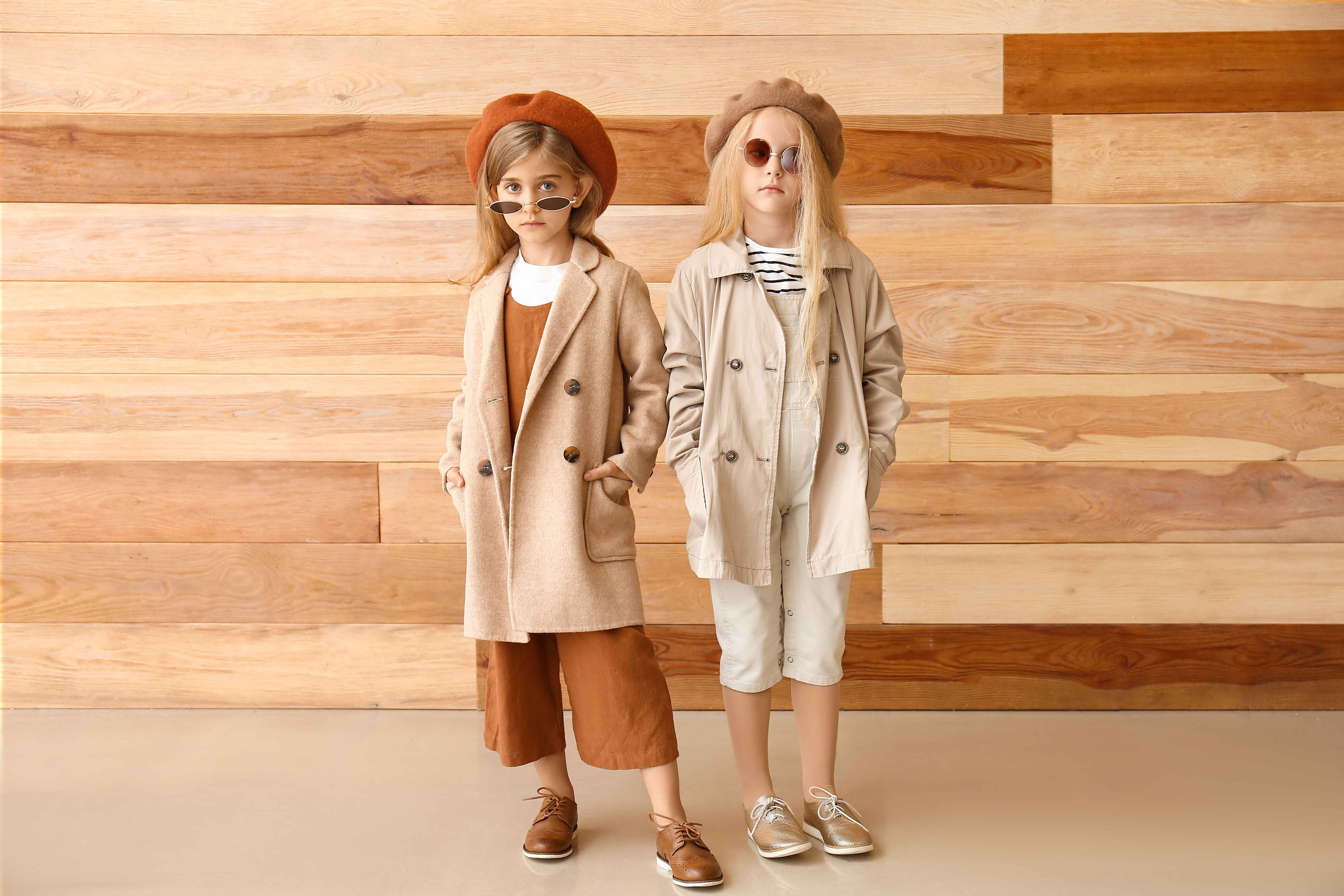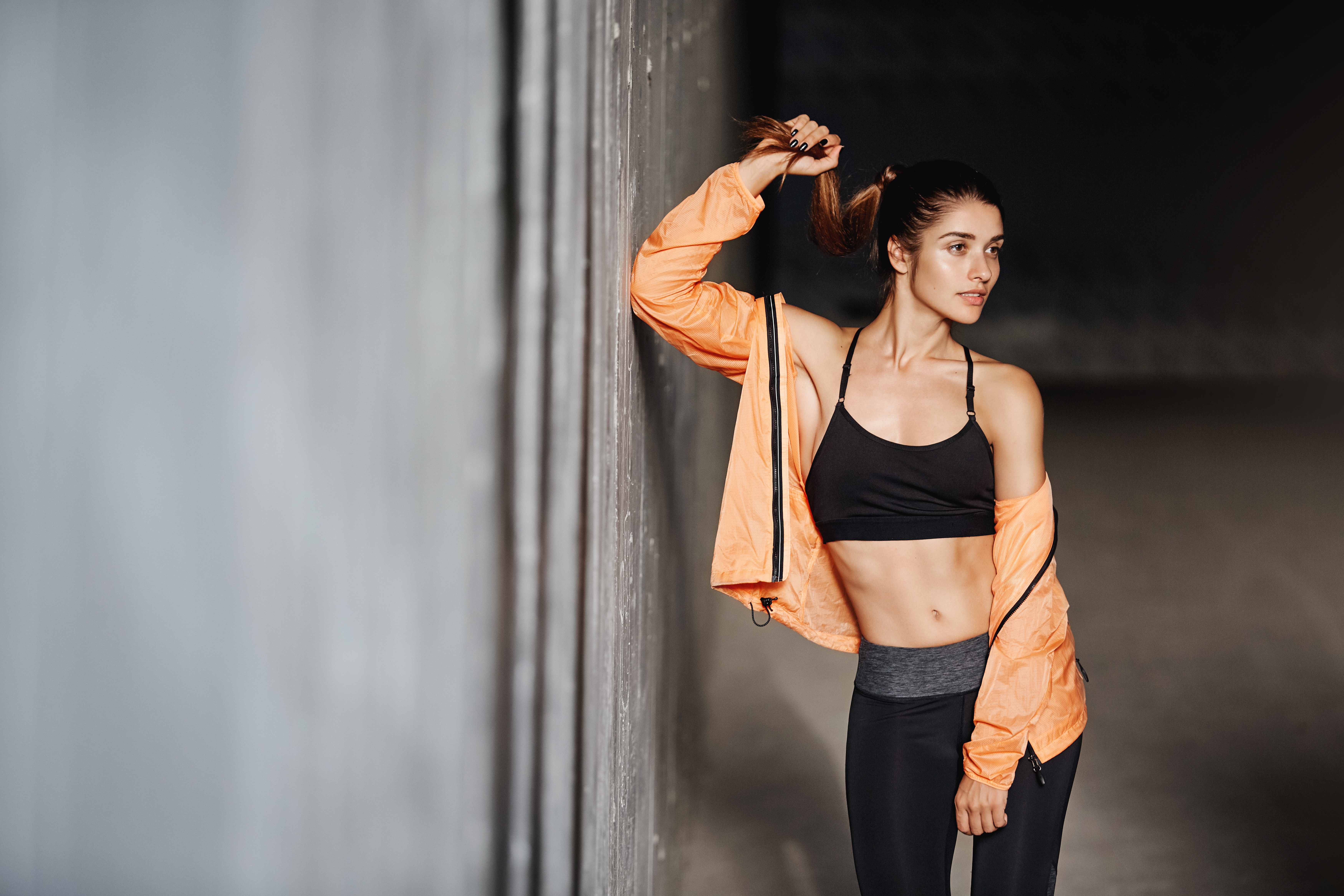Designers Guide: The Science Behind Creating A Mood Board



Mood boards can help streamline creativity and identify trends for upcoming seasons. A fashion mood board serves as a trailer for the collection, indicating what is to come through mood, ccolor, customer, detail, and aesthetic. When designers create a mood board, they can forecast a theme and ccolor palette for the upcoming season by collecting suggestions from their team.
The mood is defined as a temporary feeling or a temporary state of being. Something volatile cannot be captured in lists or paragraphs. A creative mind makes unusual associations between patterns, ccolors, and concepts. Designers create mood boards to communicate their ideas to clients and sometimes themselves.
A fashion mood board can be a physical or digital collage of photos and items that promotes a specific aesthetic style. A traditional mood board can help you incorporate fabrics, shapes, scents. Digital mood boards are created using photo-editing software or websites that allow you to create interactive mood boards. A mood board can also include Magazine clippings, pictures, ccolor swatches, fabric swatches, texture samples, etc. A mood board can be used to highlight the brand's unique style, for presentations, or to share with the stakeholders.
Why is creating a mood board important?
The human brain doesn't work in a linear listicle format. Ideas come and go in a seemingly random fashion. With the help of a mood board, artists have an easier time associating their abstract thoughts with tangible pictures. This exploratory tool allows the brain to make better connections, resulting in a refined piece of information.
When designers create a mood board, it aids in communicating the vision to various stakeholders and getting them on board. A mood board is a simple-to-use medium for communicating complex concepts to a large audience.
Large-scale projects involve several creative minds working together. There can be contradicting ideas that need visual representation for a common consensus to occur. Another useful function of mood boards is to allow the designer to investigate a paradox of seemingly opposing or contradictory concepts. This is what pictures can do more effectively than words. A mood board is a valuable tool for exploring such concepts by visually juxtaposing different photos in both form and content.
Mood boards can be used in interaction design to address team members' conflicting aims. Mood boards allow the designer to visually explore these opposing notions by incorporating images that can create a paradox in both forms (visual features) and content (meaning). The use of ccolor, shapes and the general composition in the mood board is called form. The contradiction can also be found in the content of a mood board, which relates to the substance, ideas, and the reason or story behind it.
What does a Mood Board accomplish?

When designing a clothing line or creating a logo for a brand, designers and the client need to be on the same page. A visual representation of the thought process can easily help communicate abstract emotions and feelings.
A mood board can also serve as a guide and a template for the project. With the mood board in mind, the team can know how the ideas laid out should come together as envisioned. It can help designers through the numerous creative decisions that lie ahead. Finally, it brings the necessary clarity for projects of a bigger scale.
A mood board is typically created by a creative expert, such as a graphic or interior designer, to communicate their ideas to a customer. The customer will most likely input the overall idea's applicability or the power of particular things on the mood board over others. They may even be able to choose from various mood boards created by the designer to provide several alternatives.
Once there is an approved mood board, purchasing fabrics embellishments contacting locations for product shoots becomes easier. It can also help plan how long each component will take and the whole project. Creating a mood board can save time on both the designer's and the client's part. As the project progresses, new ideas can be entertained if they align with the mood board. The addition of new elements becomes more manageable when the team has an idea of the existing vision.
How to create a mood board that is effective?

An effective mood board accomplishes all the objectives mentioned above in a short amount of time. Start with a goal to create a mood board that can simplify the design and production process.
For example, a fashion mood board's goal is to help identify common themes in fashion ideas. This design tool may help decide on a look's direction provide ideas for new outfits, ccolors, or silhouettes. When designing for a season or a pre-decided theme, it is good to look up the keywords and corresponding images.
Here are 5 steps to create a mood board that is effective
Step 1
Ask questions, conduct interviews, read market trend analyses. If the project is for a client, it is important to know what they have in mind.
- What is the goal of this project?
- Is there a target audience in mind?
- What is being communicated to the consumer?
- Is this product intended for a specific season?
Questions like these can help you understand what to look for and where to look for pictures. In addition, a little market research on the popular ccolors, silhouettes, patterns, etc., can help you create a trendy mood board.
Step 2
One of the essential functions of a mood board is to help see patterns in preferences and determine which path to go. Sometimes designers collect any photographs that speak to them, regardless of whether or not they fit into a specific mood. By removing constraints, they can collect as much data as possible, providing themselves with many options when designing the board.
Step 3
Go through all of the photographs collected from the internet, the library, newspapers, magazines, concert tickets and other sources. Analyze them and see what ties them together. It could be ccolor, shape, concept. Try to locate a common theme among the photographs and then filter out the ones that best match the idea.
Step 4
Once a common theme is established, designers can start adding o=in different elements to the board to give it depth. Photos of clothing that inspire the idea should be included in a fashion mood board. Collect photographs of professional models, social media influencers, favourite brand lookbooks, streetwear, runways, outfits worn in movies or television etc.
Ccolor palettes are a typical feature of any mood board, from fashion to wedding planning, because they help set the tone and encourage creativity. Save ccolor schemes that align with the initial idea while creating a fashion mood board, so only the ccolors needed are sourced. Then, add fabric swatches, stones, embellishments, etc., to solidify the theme.
Paintings, photography, and collage pieces may appear unrelated to clothes. Still, a fashion mood board is all about capturing a specific sensation that you can use to anchor the consumer while shopping. Add pieces of art that inspire the mood and collect photographs, whether it's because of their ccolor palette, shapes, or vitality.
For example, a clothing line inspired by the ocean and beach can include seashells and pukka shells. On the other hand, fabrics like silk and velvet can be ruled out as they don't fit the theme. Instead, incorporate lighter pastel ccolors into the overall scheme.
Step 5
Curate by selecting photographs and samples that work well together, adding some variety to reflect uniqueness. It's crucial to have a consistent ccolor scheme to get rid of everything that clashes, but if blending contradictory ideas is the mood, try to unify the contradictions on one point.
For example, when designing an edgy, avant-garde line, flowy silhouettes can be paired with metallic jewellery. There is a contrast, but they can be unified in the ccolor or pattern.
There is still room for change after a team has spent time gathering photos, organizing the boards, and perfecting a particular style.
Lastly, an effective mood board has to answer Why? How? And What?
- The 'Why' will be the design purpose
- The 'How' is the process of design, production, selecting materials, etc.
- The 'What' is the goal of the whole project. What is it trying to achieve?
Conclusion
Finally, a completed mood board establishes a new design direction. The designer creates a distinct and recognized ambiance using ccolor, shapes, and composition. To create a mood board is the art of bringing together disparate visual elements to form a new whole. The mood board's graphic features and message help to steer future design efforts in a new direction. Mood boards, when applied correctly, suggest the design and development path to go for.
Fashion has several facets that a brand or designer must take care of. There is a lot to look into, from the sketch to the sample to production. Fashinza helps make the process straightforward by connecting designers to suppliers and manufacturers. A brand needs to place an order, and Fashinza will take care of everything from production updates, communicating with manufacturers, and making payments. Building an inventory couldn't get easier.



















